Giant Granadilla
Giant granadilla, also known as Badea and Giant tumbo, is the largest fruit of the passionfruit family. This plant belongs to perennial by nature. It is known by various names in various parts of the world. In Trinidad this fruit is known as Barbadine.
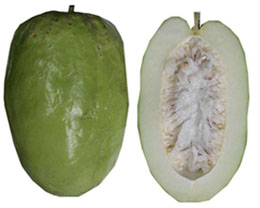
Giant Granadilla
Table Of Content
Giant Granadilla Scientific Name
Giant granadilla is scientifically known as Passiflora quadrangularis.
Giant Granadilla Description
Looks: These fruits look like larger version of melons. They have three lobes longitudinally. It has a very thin skin and is pulpy inside.
Size: This fruit is about 12 cm to 15 cm in width. Its length varies between 10 cm and 30 cm.
Color: Skin of this fruit is green. The pulpy flesh inside is greenish white with a tinge of pink in it.
Smell: It has a sweetly lime smell.
Taste : It has a mild tinge of sweetness in it, but is actually very bland in taste. It needs add-ons to be eaten with, like sugar, honey or lime juice.
Giant Granadilla Varieties
Many strains produce different quality and sized fruit of this species.
Giant Granadilla Distribution
Giant granadilla is vastly found in tropical zone of America. Its cultivation has been started in Bermuda and Caribbean Islands. Some wild grown ones of this species are also found in Peru, Brazil and Mexico.
Giant Granadilla Nutritional Facts
| Nutrients | In Flesh | In Seeds |
| Protein | 0.112 g | 0.299 g |
| Moisture | 94.4 g | 78.4 g |
| Crude fiber | 0.7 g | 3.6 g |
| Fat | 0.15 g | 1.29 g |
| Ash | 0.41 g | 0.80 g |
| Phosphorus | 17.1 mg | 39.3 mg |
| Calcium | 13.8 mg | 9.2 g |
| Carotene | 0.004 mg | 0.019 mg |
| Thiamine | 0.003 mg | |
| Iron | 0.80 mg | |
| Riboflavin | 0.033 mg | 0.120 mg |
| Abscorbic acid | 14.3 mg | |
| Niacin | 0.378 mg | 15.3 mg |
Giant Granadilla Health Benefits
- The pulp is used as a mild sedative to help relief from maladies like headache, nervousness, diarrhea, asthma, neurasthenia, insomnia and dysentery.
- In some places of the tropical zone this fruit is consumed to help get relief from scurvy and stomachic.
- The leaf poultices of this fruit are consumed to cure liver troubles.
- The leaf extraction is used as a medicine to treat intestinal writhes cured.
- Root of giant granadilla tree is powdered to be blended with oil that makes a very comforting medicinal dressing.
 Picture 2 – Giant Granadilla Photo
Picture 2 – Giant Granadilla Photo
Giant Granadilla Recipes
Giant granadilla is not much of a delicious fruit by itself but adds wonder when blended and perfectly assorted and put together to delicious delicacies.
- The fruit is assorted in exotic salads on platter.
- The pulp is processed and used in preparation of jams and jellies.
- It is used in wine making as well.
- The fruit is a major portion of content in canned juices and syrups.
- Juice yielded from the pulp of this fruit is used in manufacturing cold drinks.
Giant Granadilla Side Effects
No major side effect of this fruit has been reported yet. If a person is allergic to any pulpy base fruit, or any of the nutrients content in it then doctor’s suggestion is advised before consuming this fruit.
Giant Granadilla Growing
Sowing: This fruit grows the best and gives out the best result when sown in well drained and moist soil. Sow the seeds in this conditioned soil. Small plants can also be planted directly into the soil.
Climate: This fruit requires a lot of humidity. The best suitable for growing this tree is tropical climate. It needs neither too hot nor too cold temperature both during day and night.
Watering: This fruit tree needs regular watering and good drainage of the water as well. It cannot stand logged water, nor can it stand drought.
Harvesting: Once the tree is grown up it gives fruit throughout the year. Fruits are ripe enough to harvest when the skin becomes translucent and full green.
Giant Granadilla Uses
Giant granadilla is mainly consumed as a fruit. However, due to its nutritional content it has medicinal uses as well.
Edible Uses: Giant granadilla is a great combination for exotic deserts. It is also used in preparation of canned syrups and juices. This fruits extraction is used in cold drinks. Its flavor is also used in wine preparation.
Medicinal Uses: In tropical zones this fruit is consumed as sedative. It is also used in treatment of number of ailments like neurasthenia, insomnia, asthma, dysentery and diarrhea.
Giant Granadilla Interesting Facts
Read some of the most interesting things about Giant granadilla in aggregated form below.
- Though it is kind of a squash fruit but it has no taste of its own apart from a mild melony essence.
- This fruit is known with different names in different parts of the world. In different U.S. states only it is known with different names.
- This fruit is extremely nutritious.
- Despite being nutritious this fruit is not eaten alone, and is always mixed in with other fruits in desert or it is cooked or processed and eaten in forms.
- It is the largest of the passionfruits.
Giant Granadilla Pictures
See the pictures of this extremely nutritious fruit below.
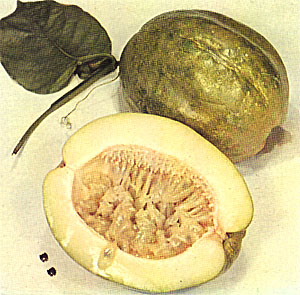 Picture 3 – Giant Granadilla Picture
Picture 3 – Giant Granadilla Picture
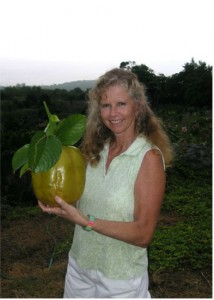 Picture 4 – Giant Granadilla Image
Picture 4 – Giant Granadilla Image
Reference:
http://luirig.altervista.org/pics/index5.php?recn=21803&page=1
http://www.hort.purdue.edu/newcrop/morton/giant_granadilla.html
- by anwiksha
- December 21st 2011

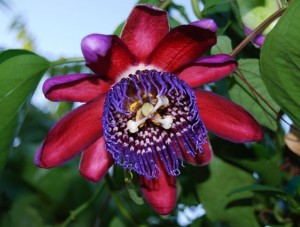
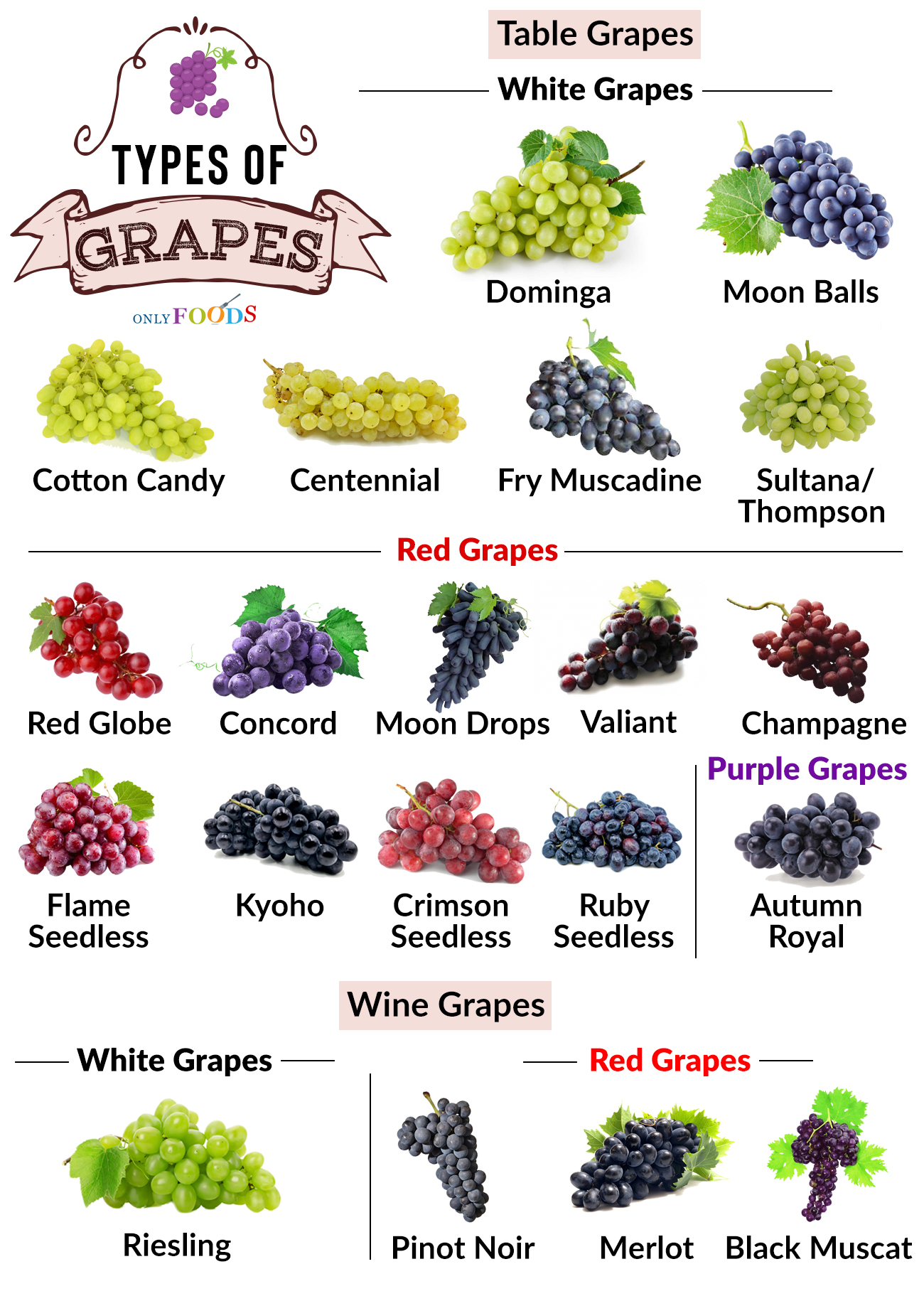
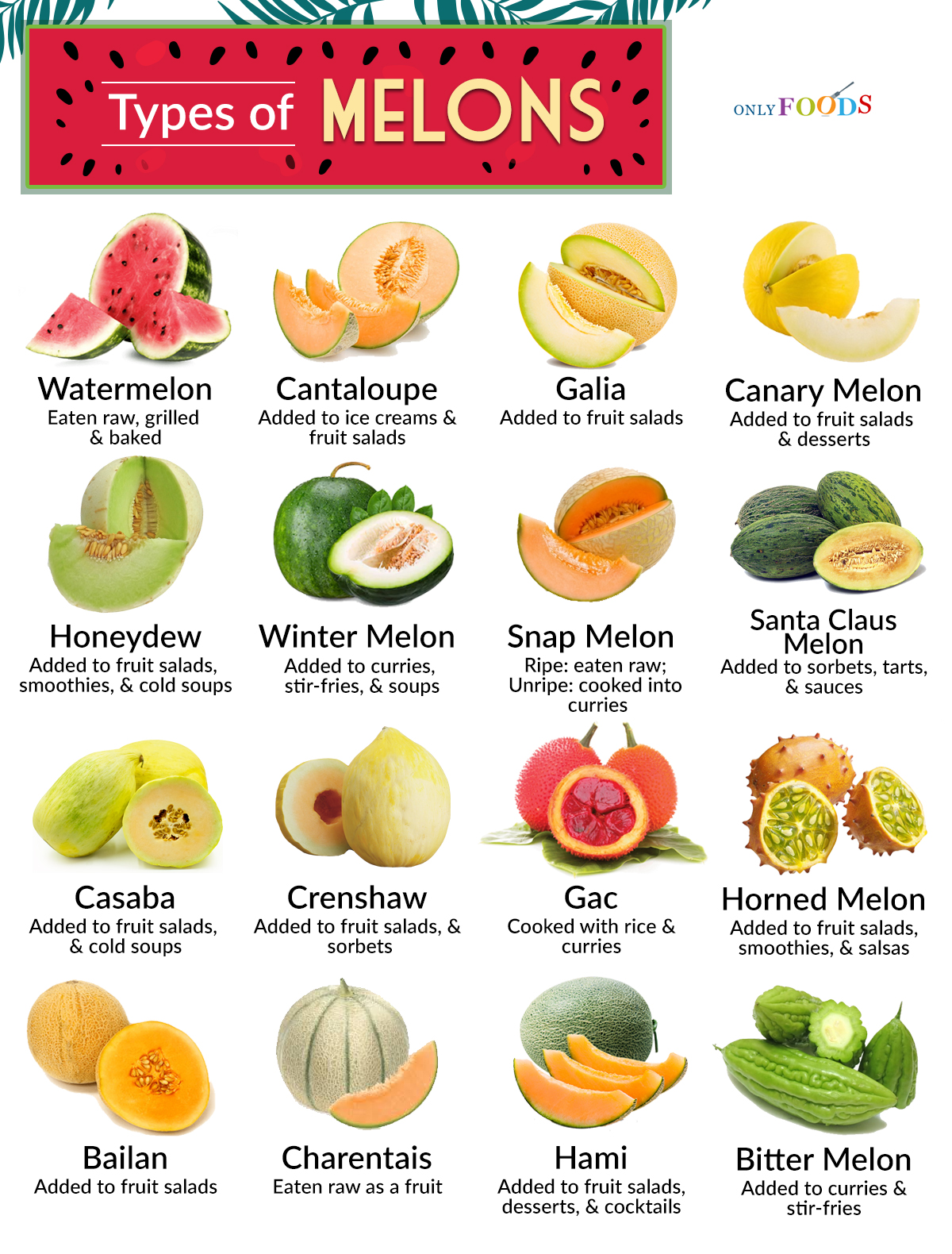
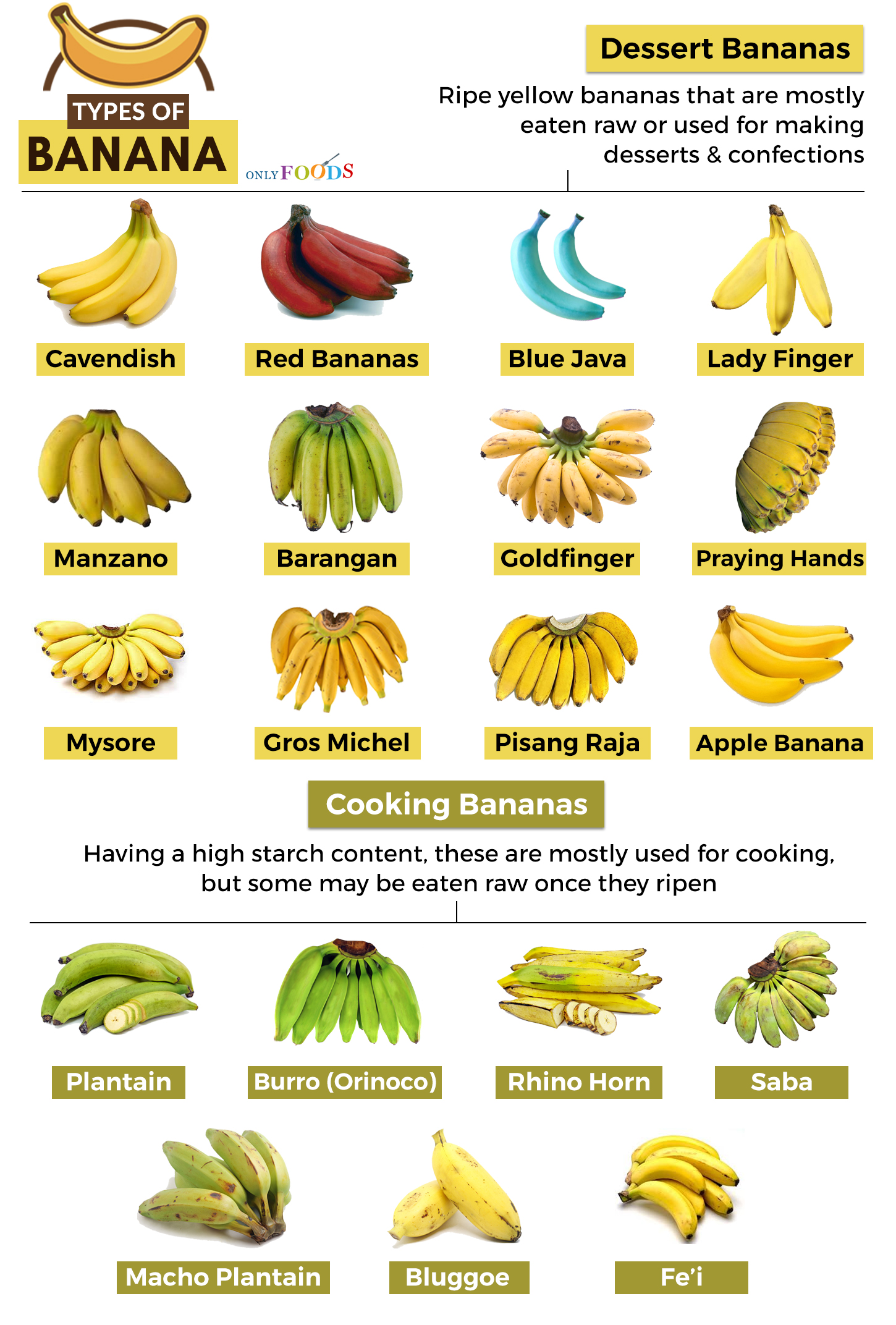
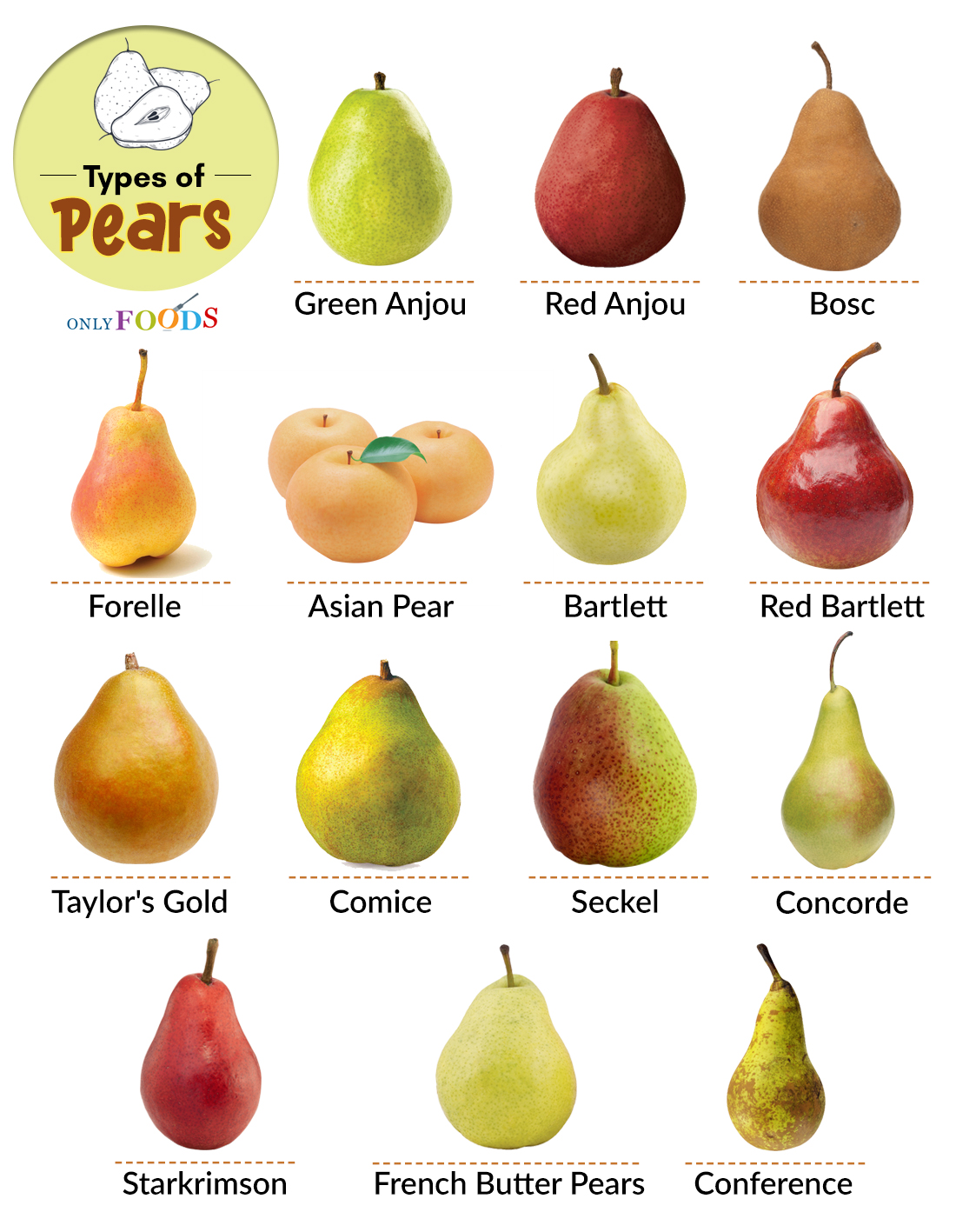

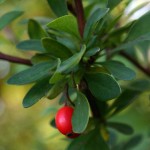
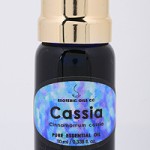
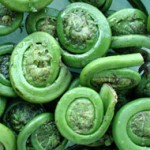

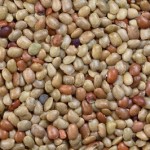
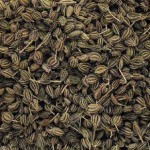

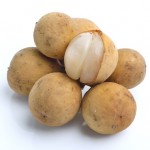

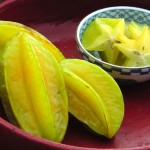
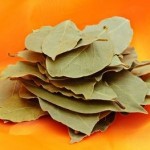
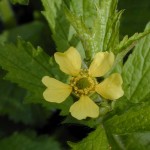
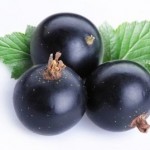
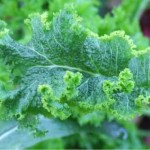
Leave a Reply